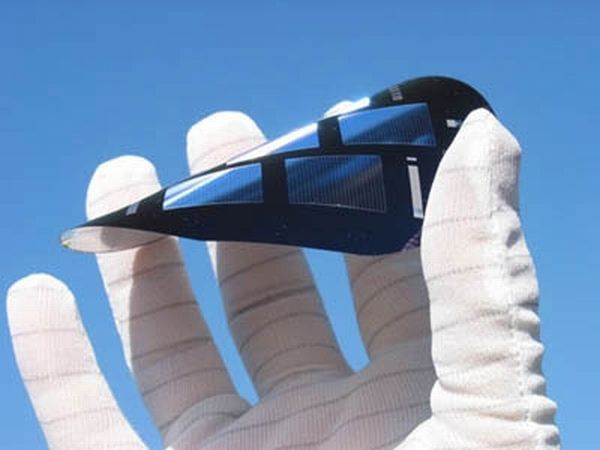Artificial photosynthesis has always remained us of the ‘Holy Grail’ of sustainability oriented research, especially when it comes to the naturalistic process of harnessing energy. In this regard, scientists from Swedish KTH Royal Institute of Technology have successfully contrived a catalyst that can split water molecules into oxygen and protons. However, the brouhaha is not only about the chemical reaction, which actually has been accomplished before in lab conditions. But, in this case, it is the efficient rate at which it was achieved that is intriguingly baffling.

In natural conditions, photosynthesis entails the ‘breaking’ of water molecules at a turnover rate of up to 400 oxygen molecules per second per catalyst. But when the analogous procedure is mimicked in an artificial scale, the rate drops to a whopping hundred times less than that of the natural process. In fact, up till now, the predicament of slow reacting happened in spite of the successful direct generation of hydrogen from water.
However, in this particular instance, the researchers have developed a catalyst with a special molecular structure. This unit consists of a plane of bipyridine dicarboxylic acid, in which the metallic atom of Ruthenium is embedded, along with two projecting isoquinolines. This efficacious design pattern accounts for a turnover rate of 300 oxygen molecules per second per catalyst, which is comparable to natural photosynthesis.
So, at the end of the day, it is all about the utilization of infinite solar energy for directly producing power. In this regard, the scientists are confident that the cost effectiveness of artificial photosynthesis fueled by such advanced technologies can seriously compete with coal in just ten years time.
Via: TreeHugger




